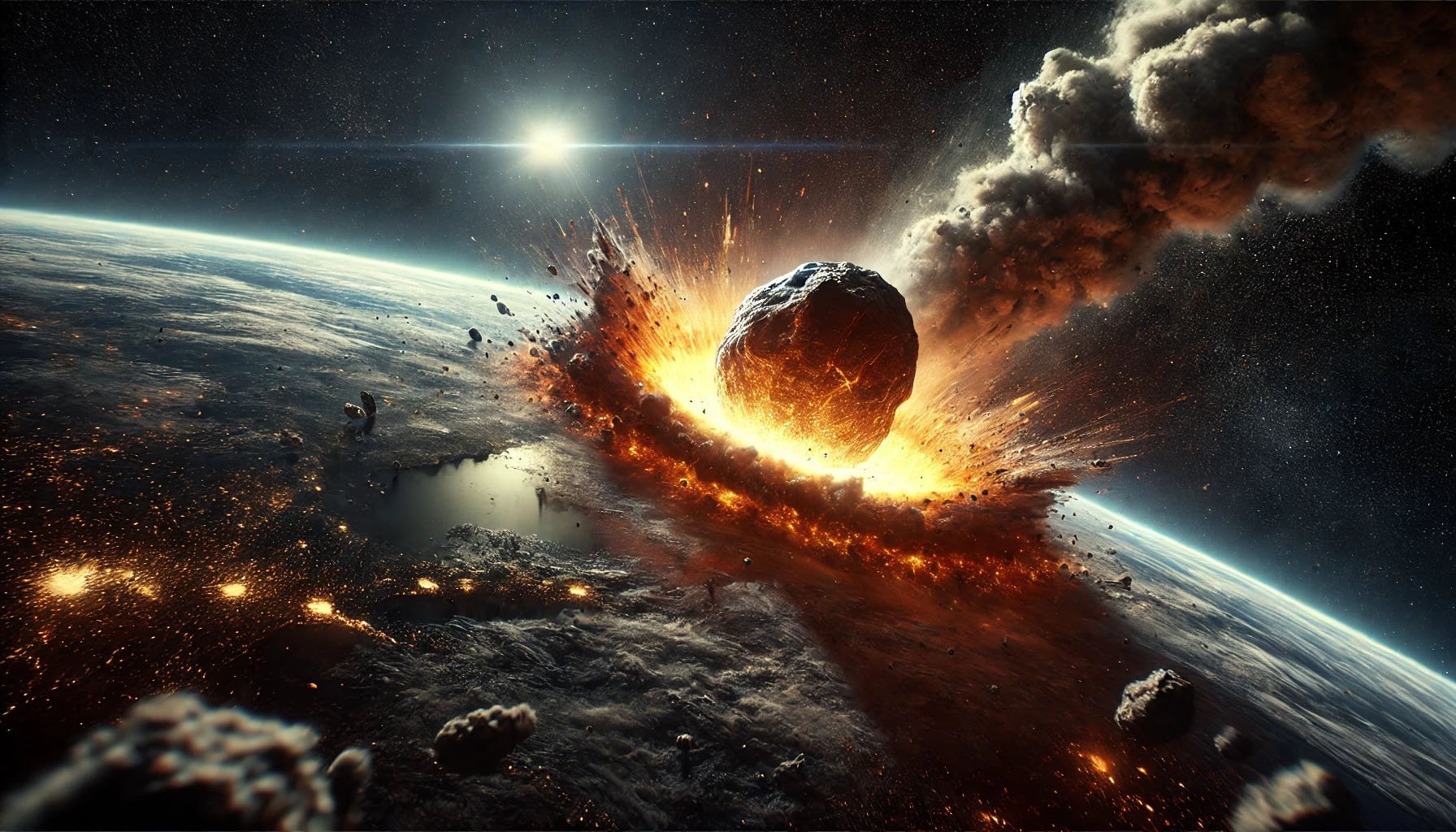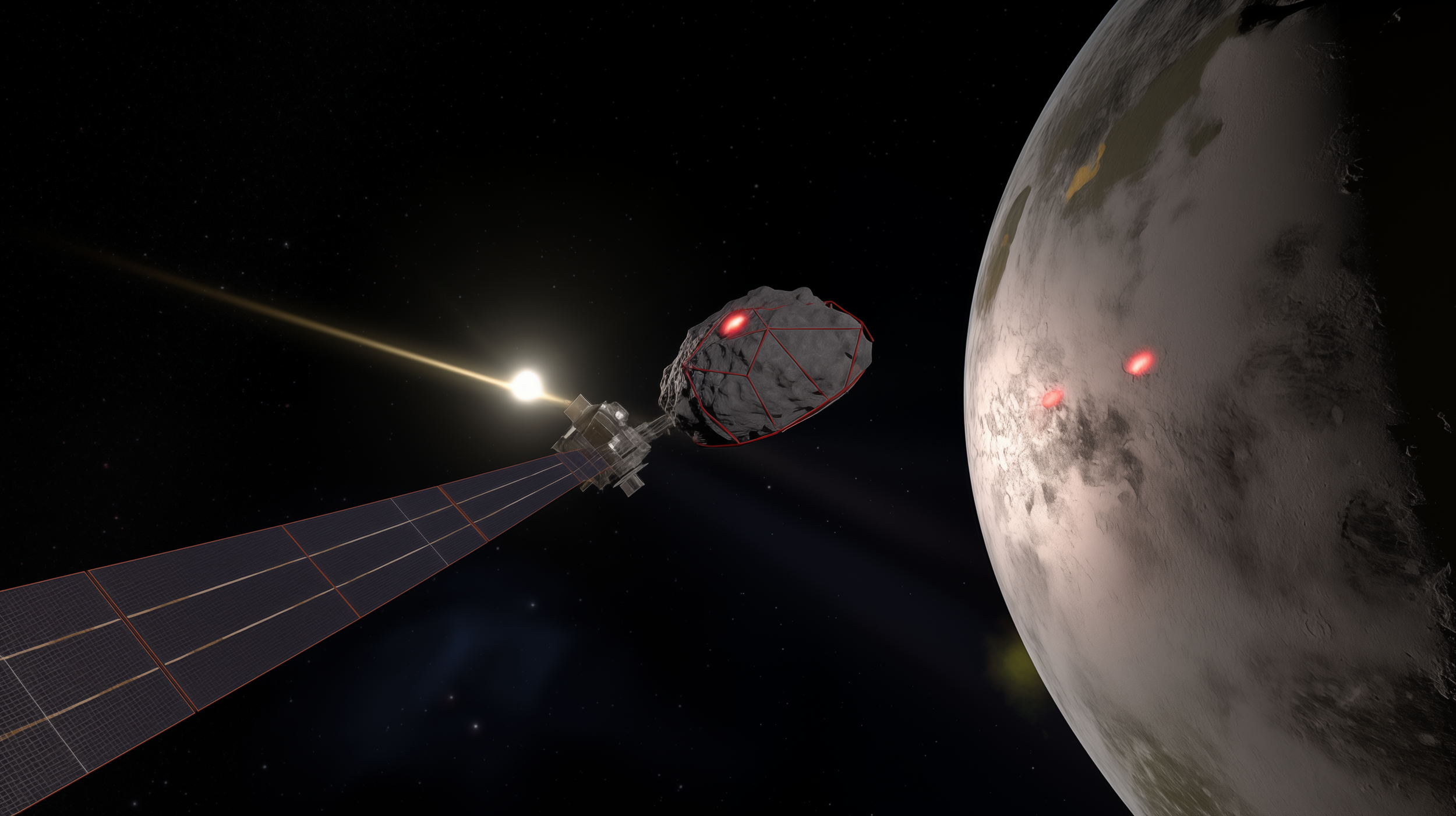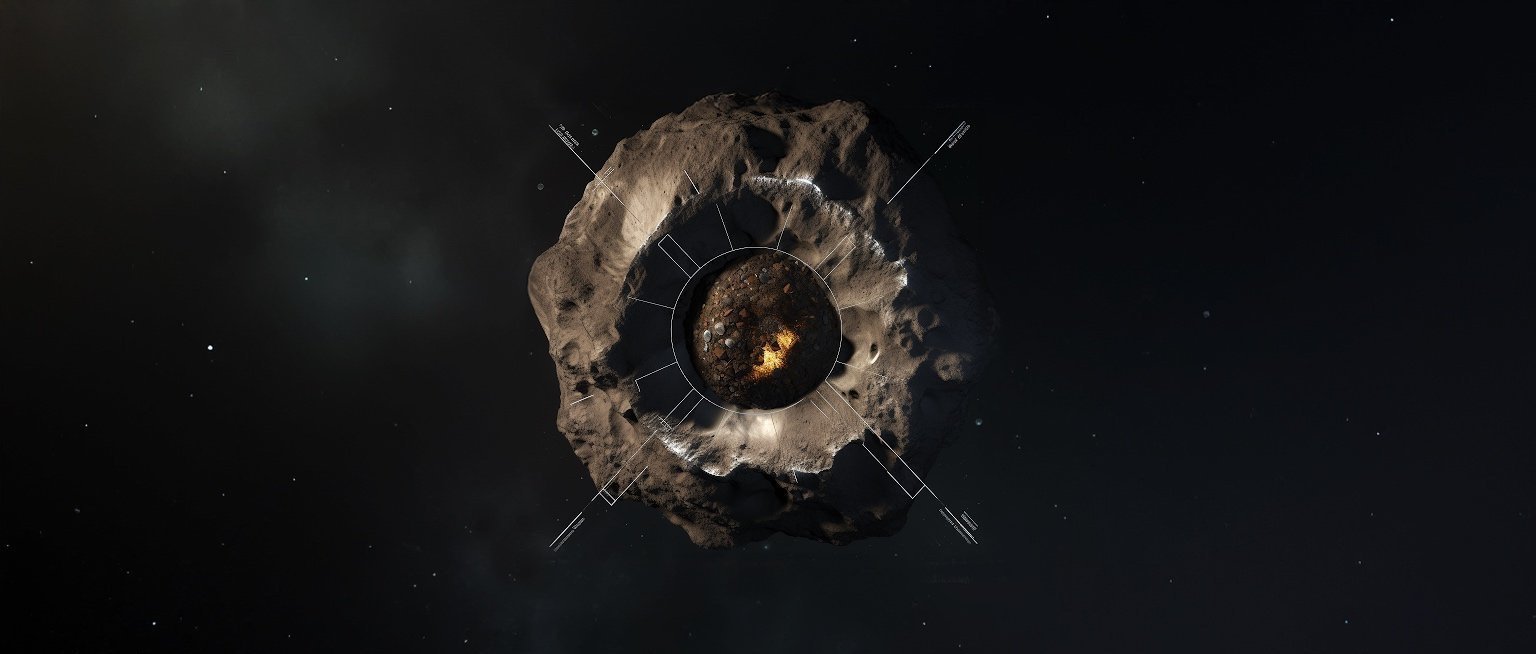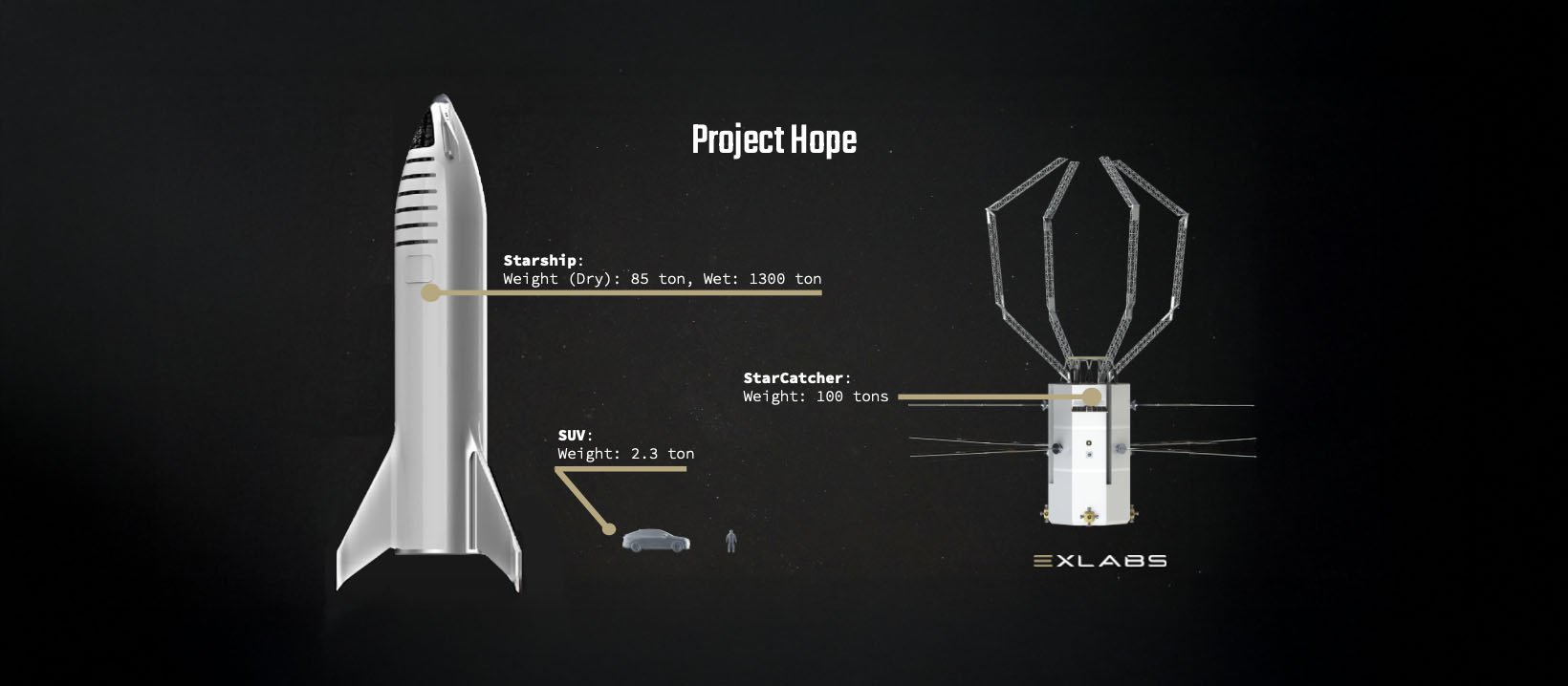
Planetary Defense
There are currently no viable plans across all global space and defense agencies to reliably keep the planet safe from celestial impacts. Planetary Defense is one of the least funded areas of the entire space industry. Yet the threats posed by a celestial impact affect all of us, and every generation to come.
At Spirit Bird, we fund the following areas of development across scientific and academic institutions, commercial companies with operational mission plans to rendezvous with Asteroids, and non profits such as the B612 Foundation that focus on Early Detection.
What it takes to keep a planet safe…

Early Detection of Impact Threats
The first and most crucial step in planetary defense is identifying potential threats—asteroids and comets that could collide with Earth. Through partnerships like our support for the B612 Foundation, we are advancing a data-driven approach to early detection. Using a combination of ground and space-based telescopes, and the development of new dedicated threat-detection assets, we ensure constant monitoring of the skies. Early detection is vital—it gives humanity the time necessary to prepare and take action, whether through deflection missions or other response strategies.

Object Scouting and Characterization
Once a potential impact threat is detected, immediate scouting missions are essential to understand the object’s structure and composition. These missions assess whether an asteroid or comet is a solid mass, a pile of rubble, or something more complex, such as having a hollow core. This knowledge is key to determining how best to alter its trajectory and avoid catastrophe. For example, in 2029, ExLabs—a Spirit Bird portfolio company—will launch a mission to the asteroid Apophis. This mission will deploy multiple scouting systems to land on and study Apophis, providing critical data to support future deflection efforts. These scouting missions will help inform whether the object needs to be netted and moved as a whole, or if we can use propulsion systems to steer it away from Earth.

Robotic Capture and Control
The final and most significant phase of planetary defense is capturing, controlling, and redirecting the threatening object. This requires advanced robotic systems designed to dock with the asteroid or comet and modify its orbit. Using the immense capabilities of SpaceX’s Starship, we plan to launch massive spacecraft capable of performing these maneuvers. Spirit Bird, along with ExLabs and other portfolio companies, is also investing in cutting-edge 3D metal printing technology. This enables the rapid manufacturing of large spacecraft, ensuring that when the time comes, we can build and deploy the necessary systems swiftly. These robotic missions represent the ultimate safeguard, ensuring Earth remains safe from celestial impacts.
